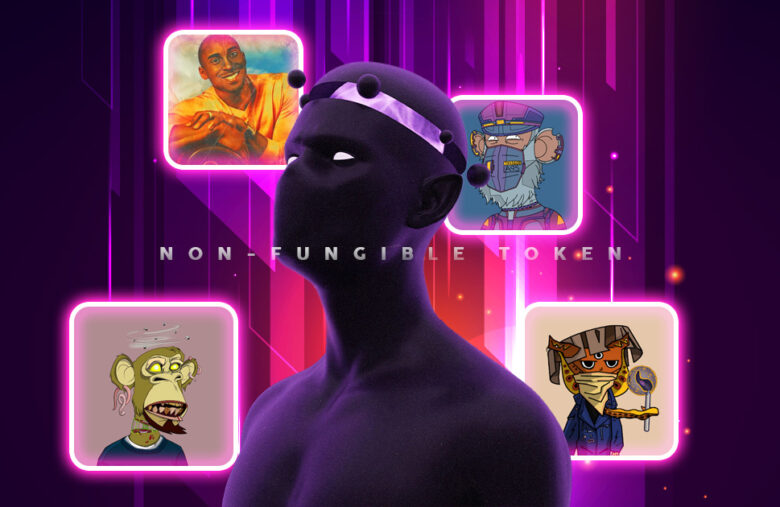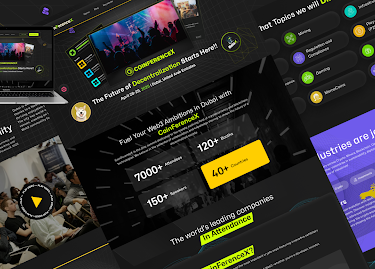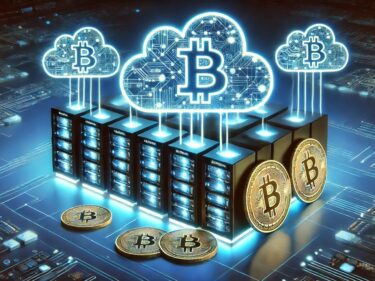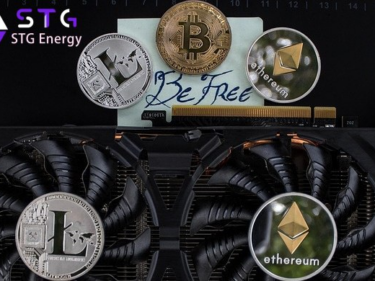NFT Marketplace Development from the Eyes of a Newbie Web3 Enthusiast

It’s 2022, where we are slowly recovering from the wrath of the COVID-19 pandemic and are amidst many global geopolitical tensions and a weakening economy. But, on the positive side, the evolution of blockchain-based applications has been immense in the last few years as some previously-uncared applications earned important positions in the virtual world. Talking about such applications, one cannot resist mentioning non-fungible tokens (NFTs), whose markets have risen 21,350% between 2019 and 2021, according to NonFungible.com’s yearly report for 2021. One of the factors behind the success of NFTs is the NFT marketplace business model, which we will see below.
But, before delving deeper into NFT marketplaces, you should know what an NFT is. A non-fungible token is a virtual entry on the distributed blockchain ledger that proves the ownership and authenticity of an asset. Each NFT is unique and cannot be interchanged, unlike cryptocurrencies or fiat tender. It is similar to having a one-off painting from a famous artist. Although paintings can be counterfeited and NFTs can be screenshotted, their ownership lies with the person who has the official token registered in the blockchain.
An Introduction to NFT Marketplaces
An NFT marketplace is a platform where people can buy and sell products backed by non-fungible tokens. Common products traded on these platforms include artworks (digital/physical), music, video clips, photographs, game assets, memorabilia, tickets, physical assets, and land in metaverses. These platforms can either be based on generic trading (horizontal market) or niche-based trading (vertical market). Popular NFT marketplaces include OpenSea, X2Y2, SuperRare, Rarible, Decentraland, Magic Eden, Axie Infinity, Solsea, Sorare, Foundation, NBA Top Shot, and Nifty Gateway.
Workflow of an NFT Marketplace
- Users (Sellers/Buyers) sign-up through multiple verification’s.
- They link their cryptocurrency wallets.
- Creators/sellers create or mint NFTs for their assets.
- They should mention all the related information for better reach.
- They list the NFTs for sale.
- Listed NFT assets are moderated by marketplace admins to check their credibility.
- Admins put the NFT assets for sale if everything fits their requirements.
- Prospective buyers place bids or offer fixed prices.
- For fixed-price sales, it is enough for sellers to accept an offer and transfer NFTs to the buyer in exchange for cryptocurrency.
- For auctions, sellers can either accept a bid or wait till the auction deadline.
- After the auction, the NFTs will be transferred to the highest bidder, and funds will be released to the seller.
- The buyer can then put those assets for secondary sale. Original creators can earn royalties if they enable the option.
Ever-present Features of an NFT Marketplace
- Storefront for buyers to easily view product information.
- Crypto Wallet for users to hold their crypto coins, native tokens, and NFT items.
- Search Option for buyers to easily reach the product pages of their wish.
- Filter/Sort Options to segregate NFT listings to show products in the way buyers prefer.
- Listing Portal that allows sellers to list their NFT assets to sell by collecting necessary details.
- Auction Portal that allows prospective buyers to place bids on an NFT product.
- Ratings that allow new Web3 users to find the best NFT collections.
Benefits of an NFT Marketplace Platform
- NFT marketplaces are highly secure since they are built on immutable blockchains.
- These platforms incur lesser fees for transactions than traditional market platforms (applicable especially in the case of the collectible market).
- NFT assets can be easily traded in exchange for crypto or fiat tender (even NFTs in some cases) due to the presence of high liquidity in marketplace platforms.
- The decentralized nature of NFTs enables users to totally control them without having to depend on central authorities for trading.
Process Involved in Building an NFT Marketplace
- Plan for the marketplace platform by considering all factors involved.
- Create mock screens that will be reviewed by experts.
- Design the user-end based on experts’ suggestions.
- Develop the NFT marketplace’s back-end.
- Write smart contracts and integrate the platform into the blockchain.
- Test the platform and resolve errors that arise.
- Promote your business using various Web3 marketing strategies.
- Launch the NFT marketplace for public use.
- Update the platform often to stay up to date.
Final Thoughts
Therefore, NFT marketplaces have become an integral part of today’s crypto ecosystem as they have conducted trades worth billions of dollars together during the NFT boom in 2021. Almost every blockchain network has successful NFT marketplaces based on horizontal or vertical business models. Such welcoming trends in the crypto world have ensured that NFT marketplace development can be profitable for startup entrepreneurs who have been on the hunt to stamp their mark on the virtual space. Brace up and get ready to involve yourself with what will be another revolutionary technological marvel the world has seen!



